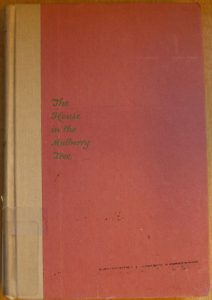Once upon a time I was attempting to summarize my books for a friend of my brother’s while my niece and the friend’s two kids ran around my brother’s living room wreaking havoc.
In the midst of my long-winded dissertation on lesbian pulp fiction, its historical context, my attempts to reimagine it, etc, my brother looked up from his iPhone and interrupted. Continue reading


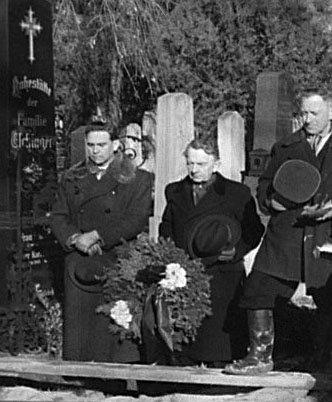
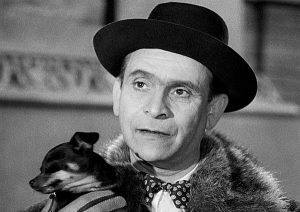
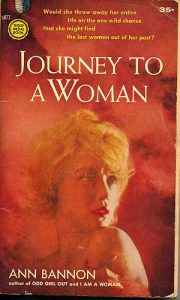
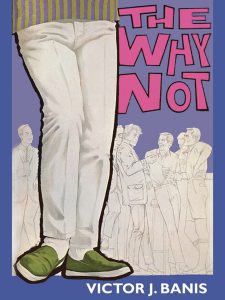

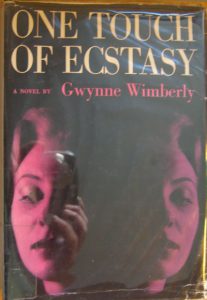 One Touch of Ecstasy, by Gwynne Wimberly, Frederick Fell, Inc. 1959.
One Touch of Ecstasy, by Gwynne Wimberly, Frederick Fell, Inc. 1959.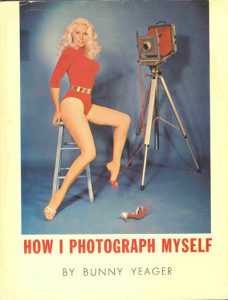 How I Photograph Myself, by Bunny Yeager, 1964
How I Photograph Myself, by Bunny Yeager, 1964